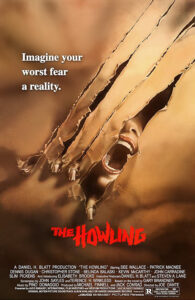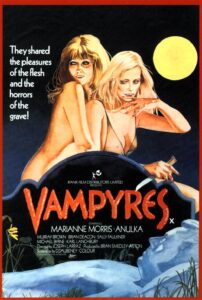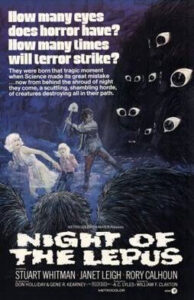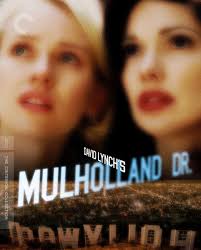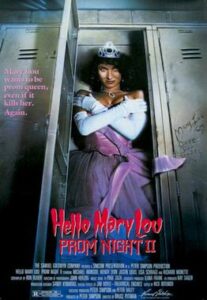Of late I have been watching a lot of Nordic Noir television programming with my Sweetie-Wife and then stumbled across this Swedish horror film Koko Di Koko Da. (The nonsense title is a sung refrain from a nursery rhyme.)
Married couple Tobias and Elin, three years after the sudden death of their daughter, camp in 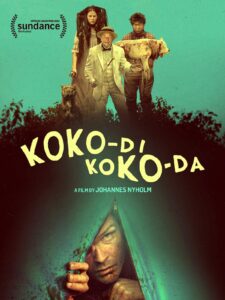 an isolated wood trying to repair their relationship. While camping they are besieged by three murderous characters from the nursery rhyme that inspired the film’s title and are killed. The sequence of events repeated in a Groundhog Day style loop with only Tobias remember each repeating cycle.
an isolated wood trying to repair their relationship. While camping they are besieged by three murderous characters from the nursery rhyme that inspired the film’s title and are killed. The sequence of events repeated in a Groundhog Day style loop with only Tobias remember each repeating cycle.
I am sorry to report that this movie simply did not work for me. There are two major factors why I found this movie unsatisfying.
First off, Tobias is a thoroughly unlikeable character, and his treatment of Elin is abominable. It is clear that she does not want to camp but he ignores her feelings entirely for his own desires. In addition to neglect and thoughtlessness Tobias after he is aware of the time-loop that they character are trapped within more than once abandons Elin even before the murderous characters appear. By the midpoint of the movie, I wanted nothing more than for him to die terribly and for Elin to escape. Mind Elin is not a very pleasant person either but as a character she is far more sympathetic than Tobias.
Secondly, more than once the film shatters its point of view with animated intermissions and unmotivated shifting to another character. I think the filmmakers were going for a more stylized and symbolic approach but instead of crafting emotional responses that created only confusion.
The ending holds no catharsis and no resolution but simply terminates the story without explanation or rhyme or reason. This may work for some but for me it was a disappointment.
Koko-di Koko-da is currently streaming on Shudder.

